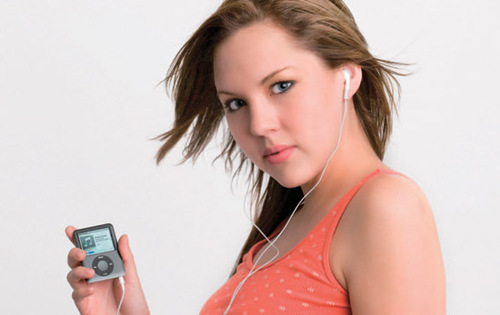Table of Contents
How to Use AF Focusing Method to Take Pictures
Autofocus single-lens reflex camera (AF) is attracting a large number of photographers with its unique functions, and it is a “threat” to traditional cameras. The AF method can also be divided into one-shot AF follow-up method and continuous AF follow-up method.
One shot AF follow-up mode
The one-shot AF follow-up method is a method commonly used by various AF SLR cameras. The working process of this autofocus method is: when the shutter button is pressed halfway, the servo motor drives the lens to focus. After the focus is accurate, the motor stops working. The locking mechanism locks the focal length.
If you do not continue to press the shutter at this time, it will remain in this state. This allows you to adjust the composition. This is its advantage. But tracking the moving body is not suitable at this time.
The main feature of this one-shot AF follow-up method is that every time the shutter button is pressed halfway, the AF system can only perform a focusing action based on the target of the central AF area of the viewfinder. And in this way, the shutter cannot be opened until the focus is in focus. It is suitable for shooting general portraits, still lifes or slow-motion subjects.
Continuous AF follow-up mode
Corresponding to the “one shot AF method” is the continuous AF method. The working state of the AF method is that when the shutter button is pressed halfway, the autofocus system can maintain continuous action and adjust the focus following the subject.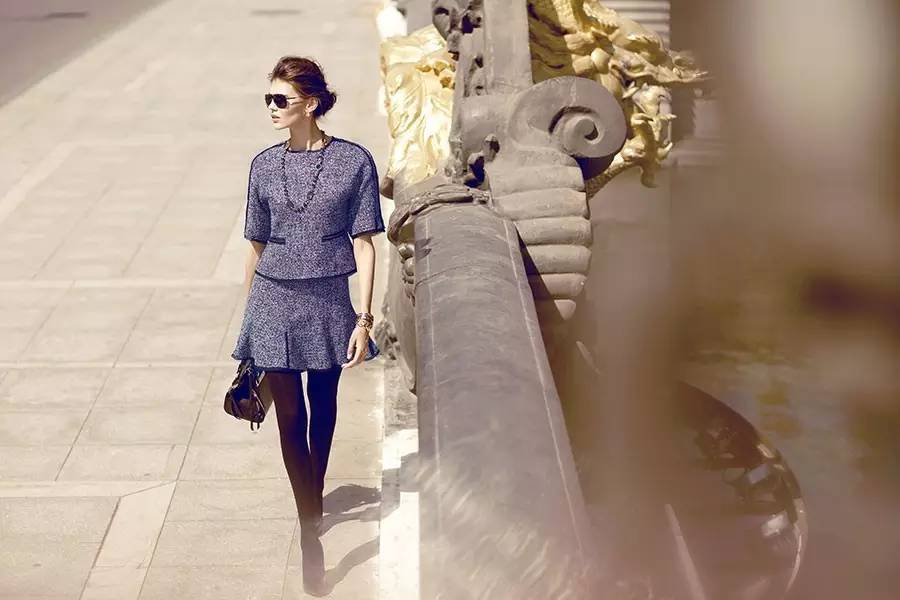
In this way, the photographer can freely track an uncertain target with the focus area in the center of the viewfinder. And it can meet the requirements of quickly shifting the focus point beyond the original tracking focus. The biggest feature of this AF method is that as long as the shutter button is pressed halfway, the autofocus system will automatically track the subject and focus until the shutter is fully pressed. It is most suitable for news, animals, sports and other subjects.
Some models of cameras have both AF methods. Most AF cameras have manual focus in addition to auto focus. This manual focusing method is roughly similar to that of a traditional SLR camera. Manual operation can be selected by switching the focus method. At this time, the AF system will automatically disengage. The lens enters manual focus.
AF and manual focus
These AF lenses are equipped with a manual focus ring at the front, but they are narrow and have a poor feel. The reason for this is to allow AF lenses to be used on older non-autofocus cameras. The second is that the focusing ring cannot be made into the damping amount that the traditional lens has. Otherwise, the servo motor of the AF system will not move the lens group.
In the viewfinder of the AF camera, the split image and the micro-prism ring in the traditional camera are cancelled, so the full-view fine-grained focusing screen cannot be used to focus when manually adjusting the focus. Some cameras are equipped with a manual focus assist function. That is to use the automatic ranging function in the camera and the LFD display focus system in the viewfinder to complete manual focusing.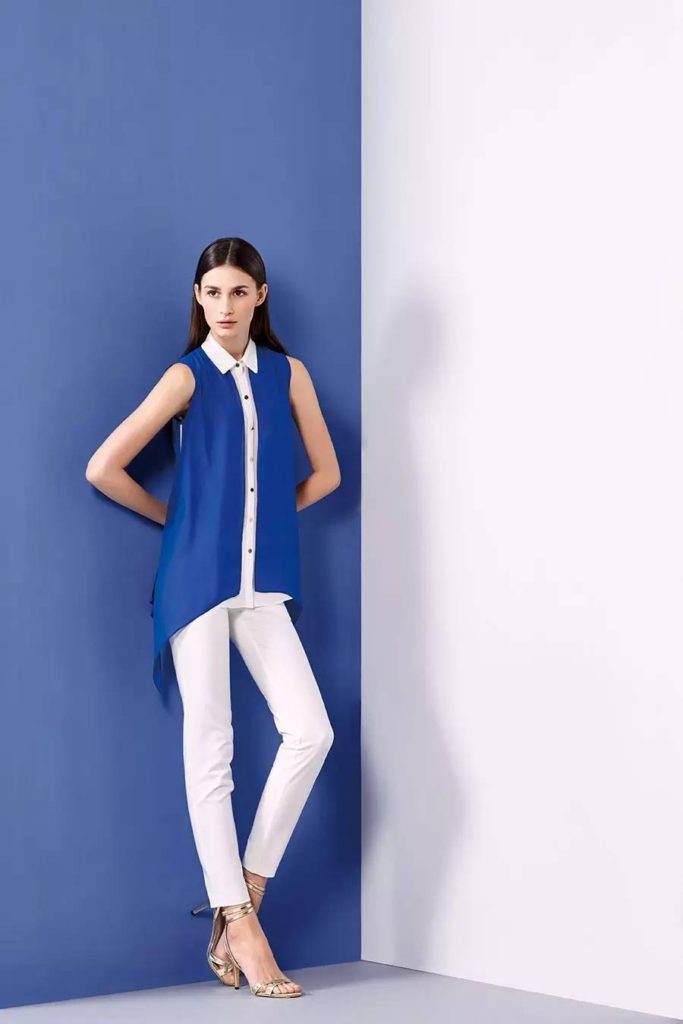
How to Correct Color Temperature
The effect of color temperature on photography
Color negative film and color reversal film are divided into daylight type and light type. Since they all have strict rated color temperature requirements, during shooting, the color temperature will vary greatly due to changes in the lighting source.
If there is a big gap with the color temperature required by color film, it will cause color cast. In addition, it is possible to use light-type color film in daylight or use daylight-type color film in light, where color temperature balance is a practical issue.
Color film cannot be fixed under a specific light source condition, especially color reversal film, which has stricter requirements on color temperature. Its allowable error range cannot exceed 100~200K at most. In this case, it is necessary to adjust the color temperature of the light source by means of a color temperature correction filter. Such filters for color photography are called “color temperature compensation filters” or “color temperature conversion filters”.
How to correct color temperature
There are two types of color temperature correction filters: one is a blue filter that can increase the color temperature, and the other is an orange filter that can decrease the color temperature.
In the practice of color photography, if we use light-type color film in daylight, a Ryden 85 filter must be used to reduce the color temperature. When using daylight-type color film in the light, it is necessary to use a Ryden 80 filter to increase the color temperature. This allows the color temperature of the light source to be even with the color temperature of the film in use.
Although the color temperature correction filter has the function of converting the color temperature, if it encounters the mixed light of two or more light sources, no matter which filter it is, it will not help. Therefore, when conditions permit, in the shooting process, in addition to the intentional pursuit of a special effect, we should select a light source with a uniform color temperature as much as possible. Otherwise, the shot will be either partially reddish or partially bluish, or there will be two serious color casts in one shot.
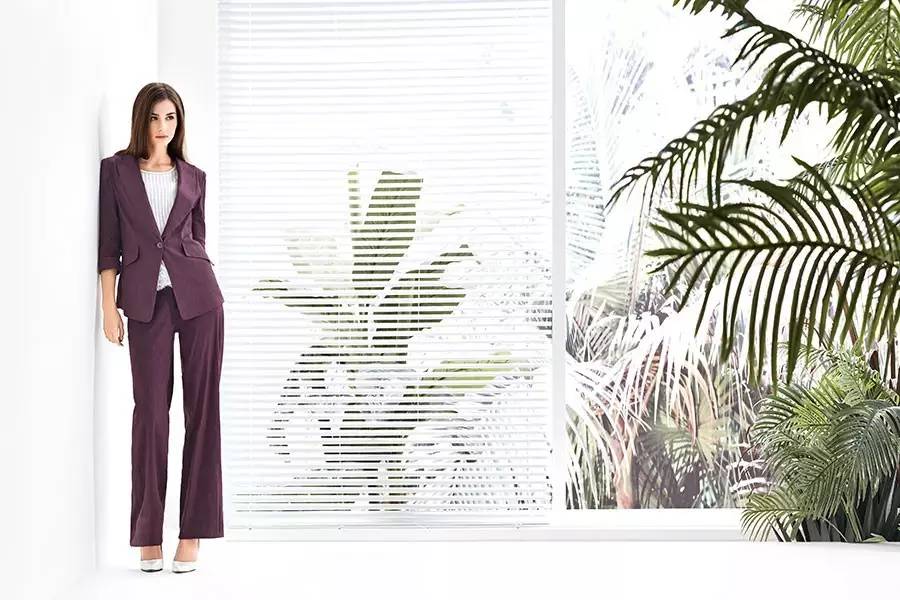
How to Master the Change of Color Temperature in Caiyi Photography
In color photography, in order to obtain correct color reproduction, it is first important to note that the color temperature of the light source must match the color temperature balanced by the color film.
For shooting outdoors in natural light, daylight-type color film should be used. When shooting under incandescent light such as iodine tungsten lamps or tungsten lamps for photography, light-type color film should be used. However, the color temperature of outdoor natural light varies with time and climate, and is far less stable than incandescent light. When shooting, be aware of this color temperature change.
change in color temperature
In general, on sunny days, after sunrise and before sunset, the color temperature of direct sunlight is lower. Near noon, the color temperature gradually increases. The balanced color temperature of daylight-type color film is 5500K, which is the color temperature of direct sunlight at noon. This color temperature is generally relatively stable between three hours after sunrise and three hours before sunset.
In fact, outdoor natural light is a combination of direct sunlight and diffuse sky light. The color temperature of pure sunlight at noon is only about 5000K, and the color temperature of diffuse light in the sky is about 12000-18000K. According to the brightness ratio of these two light sources, the combined color temperature is 5500K. In the weather with thin clouds covering the sun, thin clouds cover the direct sunlight partially, and the color temperature is higher than that of sunny days, about 6500K ~ 7000K. The light on a cloudy day is all diffuse light from the clouds, and the color temperature is about 7000K to 7500K.
As for the color temperature of the light. It mainly depends on the type of lamp, but it is relatively stable. However, fluctuations in the supply voltage can also change the color temperature of the light. For example, as the voltage rises at night, the color temperature rises accordingly.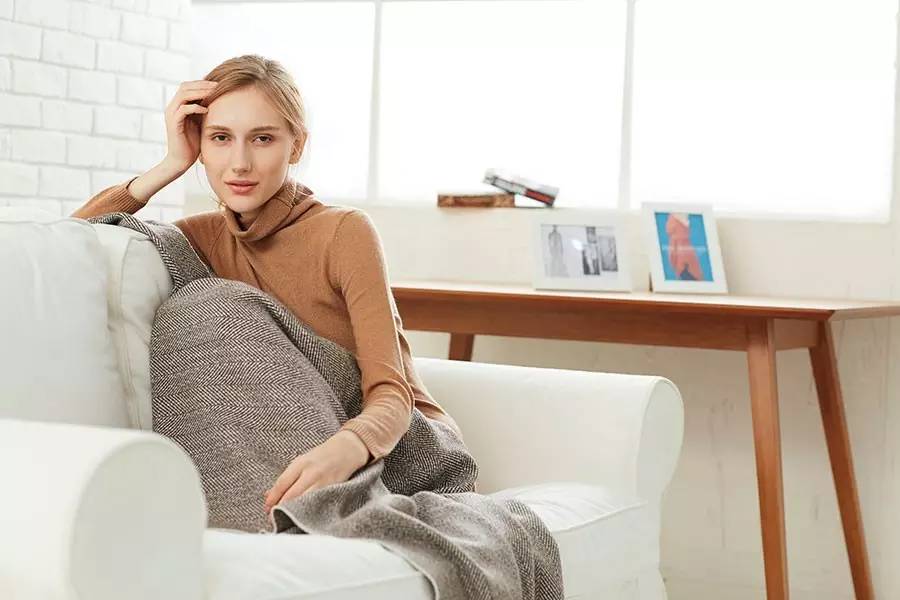
How to Balance the Light Source in Shooting
We take most photos with a single light source – such as sunlight, light or flash – as lighting. It’s just that when we mix two light sources together, whether this situation is unavoidable or we arrange deliberately , the two light sources must be even. Otherwise it will make things complicated.
Mixed use of daylight and flash light sources
We use flash in daylight, first because of the lack of light. And secondly to reduce the shadows cast by the sun. No matter what the reason is, because the design color temperature of electronic flash is very close to the color temperature of sunlight (except early and night), both are around 5600K. So when we use sunlight and flash together, there is no need to consider the color temperature, that is to say , there is nothing particularly noteworthy in terms of light source balance.
Tungsten light mixed with flash
This is a problem we frequently encounter. When shooting static objects, the light in the room is generally sufficient. When shooting with color reversal film, it is best to use type B (light) film. Because the design color temperature of electronic flash is 5600K, while the color temperature of general photography tungsten filament lamp is 3200K. If we use them at the same time, the color temperature will not be uniform. And the color will not be balanced. There is no single color that we can apply to both light sources of different colors. Therefore, we generally do not mix tungsten and flash. Either use all tungsten, or flash, bounce or direct.
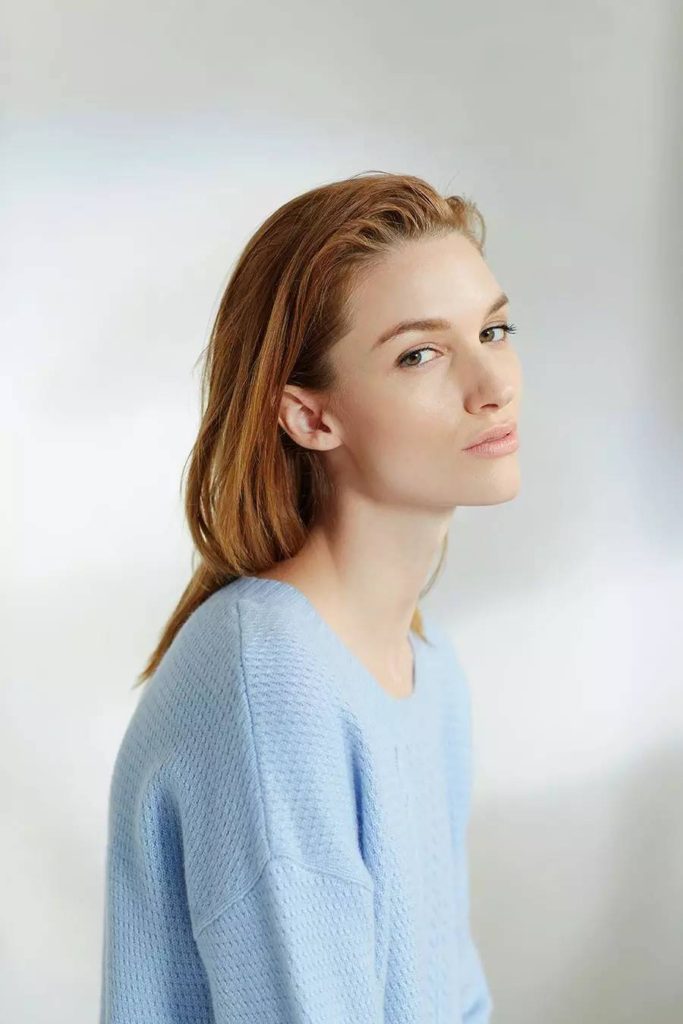
Outdoor sunlight mixed with other light sources
Similar to the problem that arises above. In black-and-white photography, the sunlight projecting from the outside into the room can work as the main light. And the indoor light can work as the auxiliary light. Color temperature doesn’t have much of an effect on black and white photos. But not color films, nor can any color filter. If you must do this, increase the color temperature of the indoor lighting and use it in conjunction with the outdoor sunlight. Even with a flash, you can add a color temperature conversion filter on the lamp head to suit the color temperature requirements of the film.
How to Master the Law of Light Changes in Photography
The effect of latitude and longitude on light
To correctly grasp the exposure of photography, the correct exposure is to grasp the law of light changes. We usually divide the light sources for photography into two categories: natural light and artificial light.
Natural light mainly refers to sunlight, we can divide which into direct light, projected light and reflected light according to the characteristics of sunlight exposure. Direct light is the light that comes directly from the sun. A cast light is a cast light on an overcast or cloudy day or in the shadow of the sun. Reflected light is the light that is reflected back when light hits an object.
Due to different geographical latitudes, different altitudes, different seasons, different times, different weather, and different indoor and outdoor, the brightness of the light is also different. Generally speaking, the southern latitude is low, the light is strong. And the northern latitude is high, the light is weak. For every 10° or so difference in latitude, the aperture should differ by half a stop to one degree.
The higher the altitude, the cleaner the atmosphere, the less sunlight is absorbed, and the stronger the illuminance. Therefore, for alpine photography, less exposure is a must. Generally speaking, at an altitude of 1000 meters, the aperture should be reduced by 1/4 stop. At 2000 meters above sea level, we should reduce the aperture by 1/3 stop.
The effect of season and time on light
Different seasons have a great impact on light. The light is strongest in summer and the weakest in winter, with spring and autumn in between. The light in summer is about 1-2 times stronger than that in spring and autumn, and about 3-4 times stronger than that in winter. For example, shoot at 1/250 second in summer, 1/125 second in spring and autumn, and only 1/60 second in winter.
The time is different, and the light changes greatly. The light is strong at noon, and the light changes the most in the morning and evening. The difference between the strongest and weakest sunlight in a day is about 5 stops in summer. And 4 stops in spring, autumn and winter. Weather changes have the greatest impact on light, and we generally divide them into four categories. Clear weather, strong sunlight, maximum light. Thin clouds cover the sun, and the projection of objects is not obvious, followed by light. The sky is cloudy, objects have no shadows, and lighting is second. Thick clouds, dark scenery, and the worst light.
For the above four categories, the exposure of each category differs by one time. For example, use 1/200 of a second on a sunny day, 1/100 of a second on a thin cloudy day, 1/60 of a second on a cloudy day, and 1/30 of a second on a rainy day.
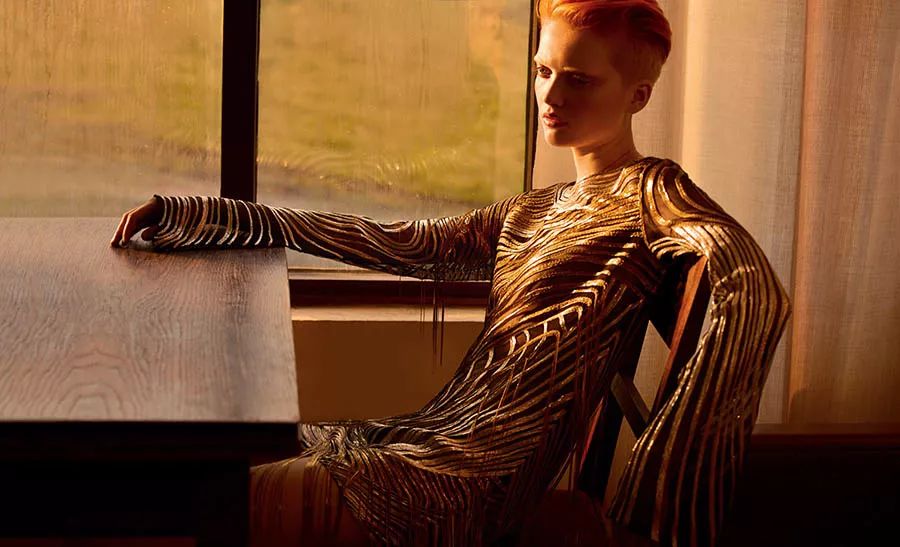
The effect of reflectivity on light
In addition, the degree of reflection of the subject also affects the exposure speed. For example, white objects have strong reflections, and dark objects have weak reflections. Smooth and smooth objects have strong reflections, while rough and dark objects have weak reflections. Rivers, lakes and seas have strong reflections, while forests and grasses have weak reflections. The reflection of distant objects is strong, and the reflection of close objects is weak. In these different brightness situations, the exposure is often one to three or four stops off.
There is also a big difference between direct outdoor light and indoor scattered light. Indoor natural light shoots in through doors and windows, so the brightness varies greatly from distance to doors and windows. The degree of reflection on the interior walls also has a great impact. Generally speaking, the distance between the light source and the subject increases by one, and the light sensitivity increases by four times.
Indoor photography generally uses lighting. Lights include flash, tungsten, iodine tungsten, bromine tungsten and LED lights. To suit your shooting needs, set the artificial light source. There are single-light photography, dual-light photography, three-light photography, etc. The most used is the flash.
(To Be Continued)
